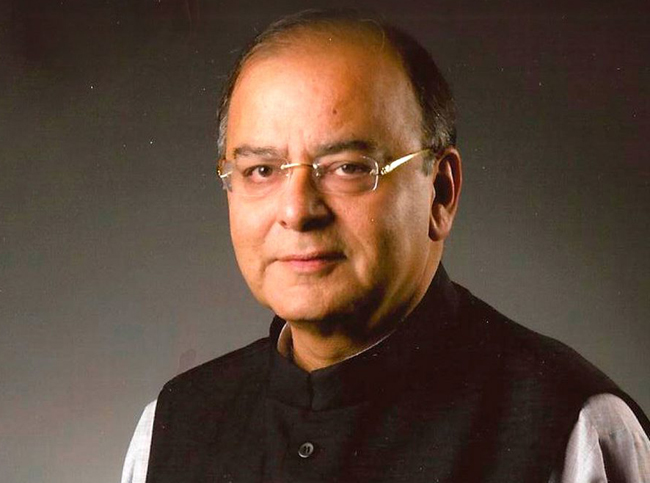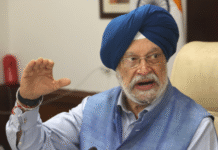New Delhi– Within hours of the Supreme Court voiding the RBI’s timebound debt resolution circular of last February, a cautious government said on Tuesday that, on the nullifying of this directive, the central bank would have to decide on what is required to be done for recovery of banks’ bad loans.
“RBI will now decide with the present condition of the market as to what’s to be done in the absence of the February 12 circular”, Finance Minister Arun Jaitly said in response to a query at a BJP press conference.
Finance Ministry officials earlier declined to comment on the order and its implications for the banks and their non-performing assets (NPAs or bad loans), the alternate loan resolution mechanisms, and the fate of those cases which have been referred to the National Company Law Tribunal (NCLT) by banks under directions from the RBI, but which have not yet been admitted.
Earlier on Tuesday, the Supreme Court quashed the Reserve Bank of India (RBI) circular February 12, 2018, on company insolvency, which mandated that lenders have to provide a resolution plan for large stressed accounts of Rs 2,000 crore and above within 180 days of default.
Under the directive, 12 cases, including those of ELectrosteel, Monnet Ispat and Essar Steel, accounting for 25 per cent of the total quantum of NPAs, were referred to the NCLT.
The apex court bench headed by Justice R.F. Nariman said: “We have declared the RBI circular ultra vires.”
This RBI’s February 12 circular had also abolished all existing debt restructuring schemes for stressed accounts. Effectively, it left the Insolvency and Bankruptcy Court (IBC) as the only mechanism to deal with stressed accounts.
Post the RBI circular, all pre-existing categorization of standard stressed assets – SDR, S4A, CDR restructuring, and flexible restructuring under 5:25 scheme – stood abolished, leaving IBC as the only resolution mechanism.
Under the circular, companies which were unable to implement a resolution plan by August 27, 2018, were scheduled to be referred to NCLT under IBC by September 11.
The central bank’s move had a bearing mainly on power companies and also affected corporates in the textile, sugar and shipping sectors.
Tasked with the job of helping recover corporate loans, the NCLT has helped resolve insolvency and bankruptcy proceedings involving more than Rs 80,000 crore in 2018, and the kitty was expected to swell beyond Rs 1 trillion in 2019 with several big-ticket default cases pending.
So far the NCLT has completed the resolution in Bhushan Steel, which is now owned by Tata Steel, Electrosteel, which is now with Vedanta, Monnet Ispat & Energy and AION Capital.
The Essar Steel resolution has already paved the way for its acquisition by ArcelorMittal at a sale price of Rs 42,000 crore.
Corporates and banks were particularly concerned about two specific provisions relating to the abolition standard restructuring processes, and the one-day default rule.
The circular stipulated that lenders had to mandatorily send all NPA accounts of over Rs 2,000 crore to the NCLT if they failed to resolve the problem within 180 days of default. More importantly, banks were forced to classify a loan account as stressed if there was even a single day of default. (IANS)








